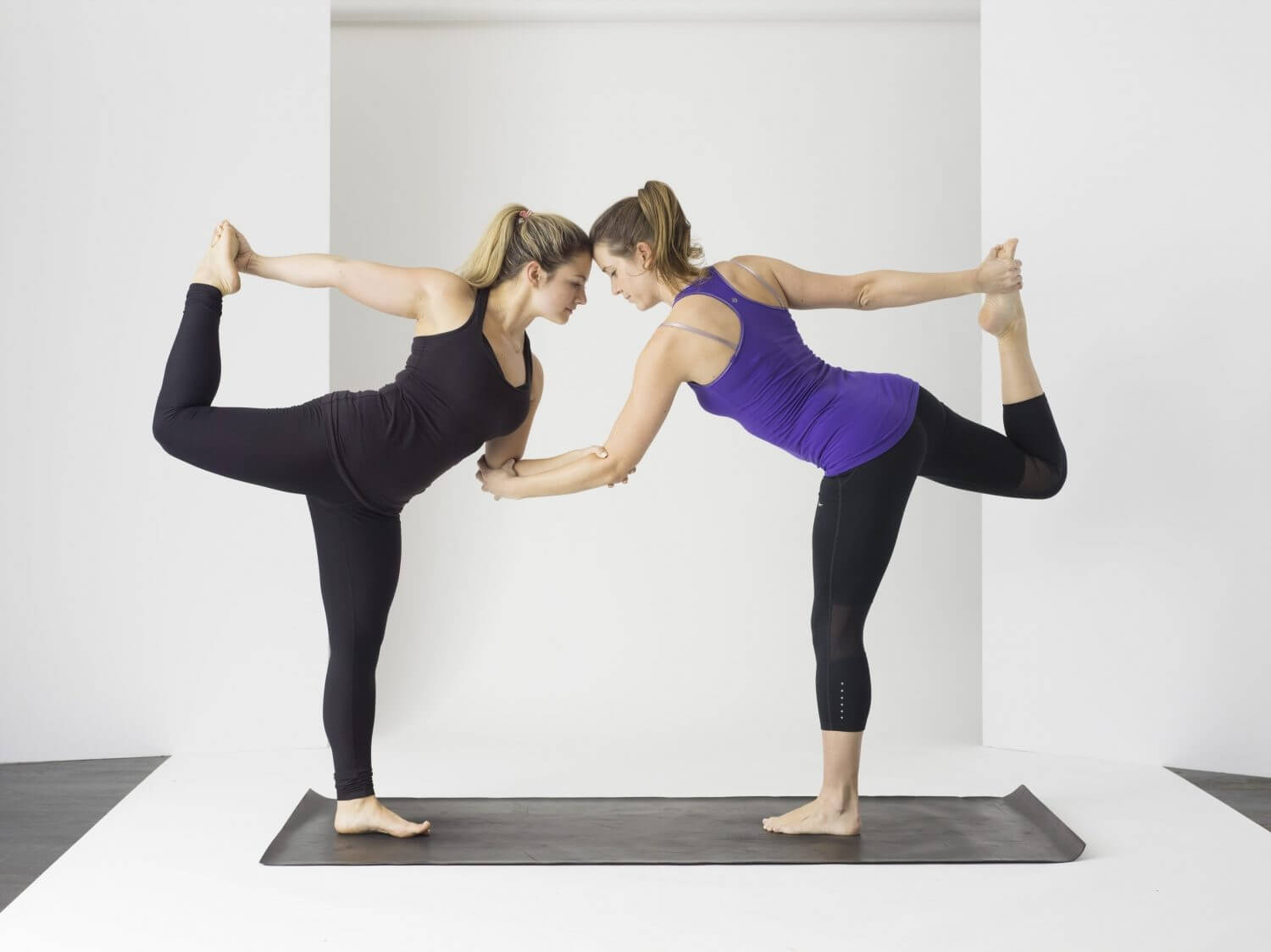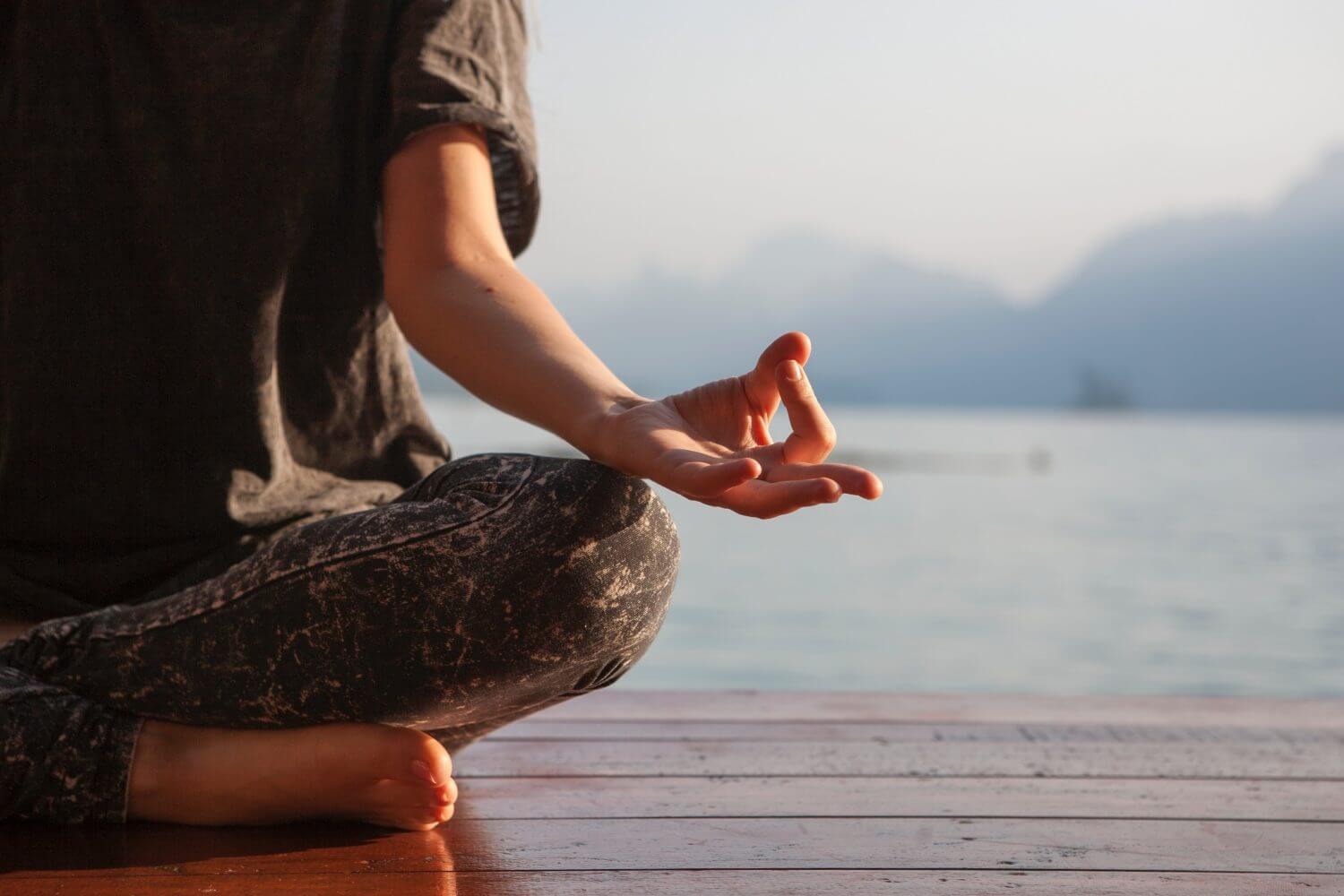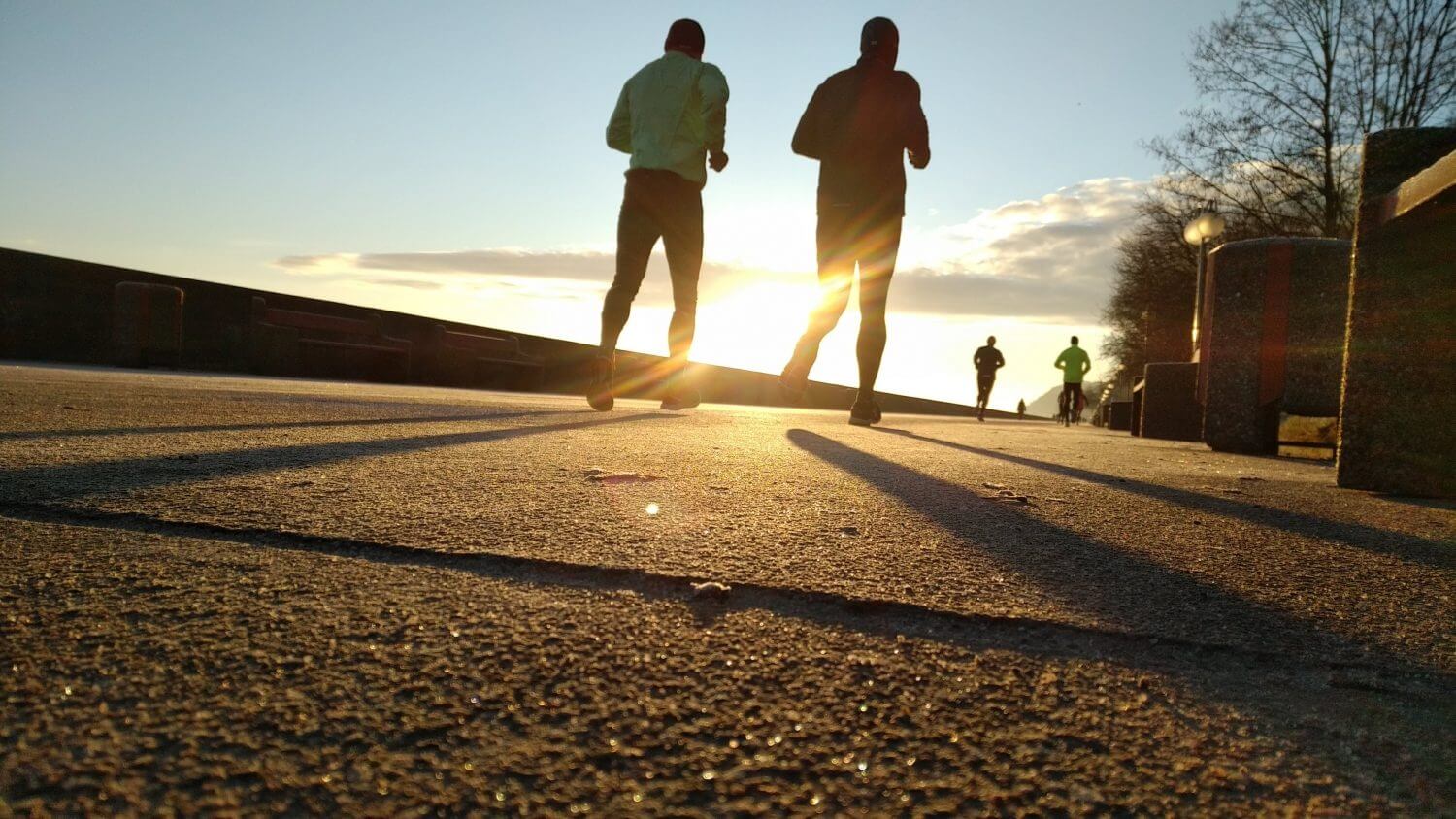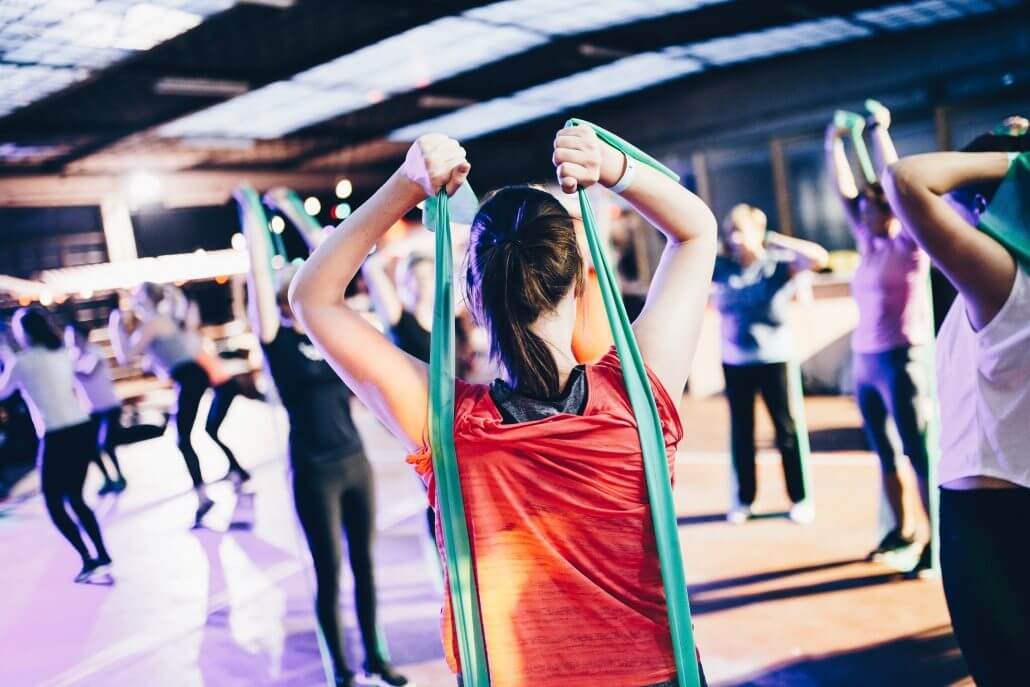PHYSICAL ACTIVITY AND MOVEMENT PART 5
We’re going to stop and explore some of the myths about physical activity and human health. I’ve already discussed that the physical activity associated with long, healthy lifespans doesn’t necessarily involve heavy conditioning. I’m not opposed to, or criticizing those who engage in, intensive physical exercise regimens for the purposes of accomplishment and achievement. This can be a great thing to do. I periodically engage in training programs to improve my body’s ability to do particular activities. During these periods, my physical activity program is more challenging, but the sense of accomplishment is worth it to me.
Myth #1: Our ancestors never rested.
I offer this program as the foundation for a long, healthy lifespan. I am not suggesting that the more intensive programs are bad for your health. However, this program does not involve sustained intensive physical conditioning if you do not wish it to include such activities.
If you think about it from an ancestral standpoint, it’s doubtful that our distant ancestors would have purposely exhausted themselves on a daily basis. During ancestral times, all energy was applied to survival. Once you had what was needed, you would have rested. In fact, there’s ample evidence that our ancestors from 500 years ago to 2,000 years ago and on back through millennia probably rested a good deal more than we do today. Our ancestors would have moved a lot and then rested a lot.
Certainly, there would have been seasons where they worked hard every day, to the point of physical exhaustion. But these would have been followed by seasons of rest and recovery, and relatively low levels of physical activity. It’s okay to give yourself permission to just focus on these habits in a way that feels good to you, and does not make you hurt or feel bad. You will still get the benefit from this.
Myth #2: You have to exercise every day to be healthy.
That’s not true. Daily movement is very important, and you should take every opportunity to move. We’ll be outlining this in one of our blogs. But you don’t have to go to a gym every day, or engage in intensive exercise every day to maintain good health. You can cycle through different movement patterns on different days.
In fact, exercising too intensely every day can be associated with negative health outcomes. This can increase inflammation, reduce thyroid function, elevate stress responses, suppress immune function, and actually lead to earlier death.
There’s a proper balance of physical activity and rest. While I want you to be intentional on a daily basis about the physical health of your body, you will not have to do intensive exercise every day.
Myth #3: You have to exercise a certain amount of time to get the benefit of it.
This is also not true. Any bit of movement will help. If you’ve been sedentary for years, simply taking one 10-minute walk a day will be a step in the right direction. Any amount of time will benefit you.
Yes, the more you move, and the more you engage these habits, the healthier you’ll become, and the better you’ll feel. But there is no minimum amount of time that you must do it for to get the benefits. Simply do what you can, and remember that any amount of time counts.
Myth #4: Exercise is a form of stress reduction.
Now, I have to be careful about this, because absolutely, people who exercise regularly do have reduced stress responses. I already described that when discussing the benefits of physical activity. Regular physical activity does reduce mental stress and promotes emotional well-being. It improves resiliency.
However, you have to understand that exercise is an actual form of stress on the body. That’s the point of it. You stress your body in order to create a genetic and hormonal response to repair and restore the body so that it functions better for you. Exercise is actually a form of stress. Positive forms of stress are called eustress. These are different than distress, which are negative stressors.
However, overexposure to eustress without appropriate rest and recovery can actually still lead to disease and breakdown. Once you’ve exposed your body to this stress, you have to give it the time to recover. There are genetic differences on our recovery times. You have to honor your body’s need for recovery to be healthy.
Yes, in the big picture, conceptually, exercise reduces stress. But remember that exercise is actually a form of stress, and has to be managed with all of the other stressors you’re experiencing on a day-to-day basis.
Myth #5: I have to eat before or after exercise in order to have the benefits of exercise.
This is not true. Now, I’m speaking generally. There are certainly people who have medical hypoglycemia, or other metabolic disorders, or use insulin, who have to be much more regimented in their food consumption.
However, if you’ve reviewed any of our materials on maintaining healthy weight and metabolism, you’ll know that our body is designed to have something called metabolic flexibility. It will use whatever fuel is available to it in the moment. It can use glucose (sugars), fatty acids, or the byproduct of using fatty acids, something called ketone bodies. In addition, it can make its own glucose from amino acids.
Your body is capable of generating the energy you need for physical activity. There is a difference between specific nutritional protocols for elite athletes and how to maintain healthy eating habits and follow a program like the one I’m outlining. For this program, provided that you’re adequately hydrated, you’ll be able to engage in these activities without having to eat beforehand. You don’t have to have a specific shake or protein smoothie after you do this. You simply engage and let your body guide you.
Now, it’s beyond the scope of this blog to teach this in specific detail. That’s why we have other series on human metabolism, energy balance, and how the body works. You can reference those if you want more details. But the main point is you do not have to eat to go take a walk or to have a stretching session, or even do a short, high-intensity interval training session. In fact, there are many metabolic benefits from doing these in a fasted state, which we’ll outline in one of our posts.
The Doctor’s Conclusion
Now there are a lot of other misconceptions about physical activity and exercise that I’ve not gotten into here, but these are some of the big ones. Remember, you don’t have to punish yourself with this, you don’t have a minimum amount you have to do, and you don’t have to do this every single day.
Exercise involves intention and awareness. It is a form of stress and you have to manage that, but it is a positive stressor provided that you manage it properly.
With the type of program I’m outlining, you don’t have to have a specific nutrition program or supplement regimen to engage in it.
This should feel natural and easy to you because it’s how your body is designed. I hope you’ll continue to follow along in this series with me and see where movement can take you. I promise you’ll come to appreciate all of its many benefits.
I’m on a mission to deliver personalized and compassionate healthcare. Follow me on Facebook. Want to ask a question? Contact me!










